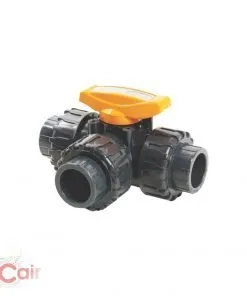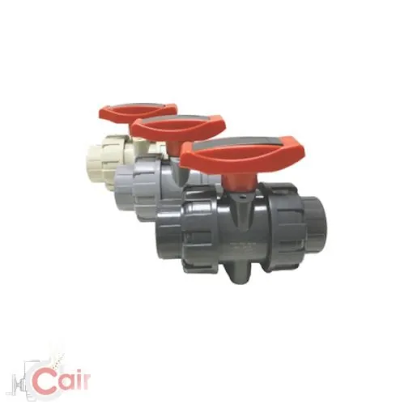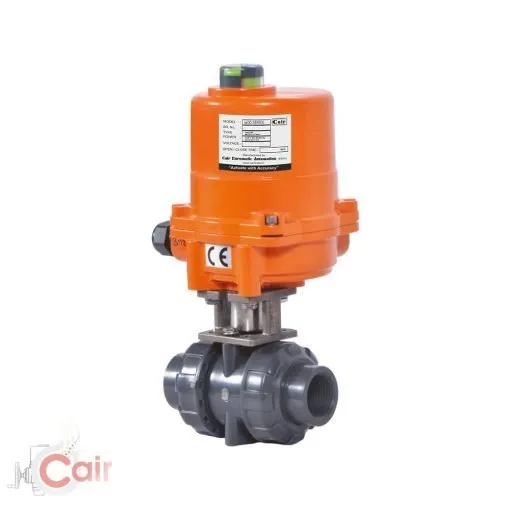Selecting the Right Size and Type of UPVC Valve

Efficient fluid control is a cornerstone of various industries, and the choice of valve plays a pivotal role. UPVC (Unplasticized Polyvinyl Chloride) valves have gained popularity owing to their robustness, resistance to corrosion, and cost-effectiveness. Nonetheless, the selection of the right size and type of UPVC valve for a specific application is indispensable for ensuring reliable and efficient operation. In this article, we will delve into the critical factors to bear in mind when opting for a UPVC valve, while also introducing Cair Euromatic Automation, a distinguished leader in the domain of valve automation solutions. Factors to Consider When Choosing a UPVC Valve Application Type and Media Compatibility: Establish the nature of the fluid or gas that the valve will handle. UPVC valves are well-suited for a wide spectrum of non-corrosive applications; however, it is imperative to verify compatibility with specific chemicals or extreme temperature conditions. Flow Rate and Pres

